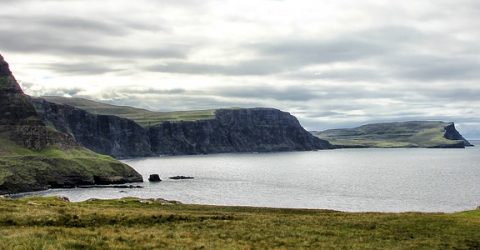Full-fibre connects Outer Hebrides islands
The worst place to get broadband just became the best.

Thanks to funding from the Digital Scotland programme, the most broadband-deprived parts of the UK are getting access to full-fibre.
With £442 million from both public and private investment, Digital Scotland has been working to connect rural areas to superfast broadband and reduce broadband disparity.
Openreach full-fibre connections have been rolled out to isolated island communities on Grimsay and Great Bernera in the Hebrides. With an average cost of £4000 per premises connected, projects like this would be impossible without public funding. For comparison, it costs providers about £400 to roll full-fibre out to urban premises.
Before the new fibre lines, islanders had to use satellite broadband to get any kind of internet connection. Satellite is expensive, has a very high latency, and comes with tight usage caps.
One resident complained that they couldn’t compete on online auctions due to laggy connections, making them miss out on last-minute bids.
Robin Spratt, a bed and breakfast owner, said it was embarrassing to refuse his guests WiFi access out of fears of using up his satellite data allowance.
Population problems
Many island communities in the Hebrides are struggling with a steady population decline. And when there’s only a hundred people on your island, every one of them counts. Nowadays, being without decent broadband is more isolating than being on a small rock in the North Sea.
Being able to work online and at a distance is hugely important – it means you can live where you want to live, but still do a city style job.
Now, with broadband that’s better than 90% of the UK, community leaders hope that young people are more likely to stay on the islands instead of migrating to the mainland.
Full-fibre brings much more than fast internet to rural areas. It can completely transform the economy and quality of life for these communities. New opportunities for growth and infrastructure development could last decades.
There is little profit for ISPs to connect rural areas, so public support is a must.






